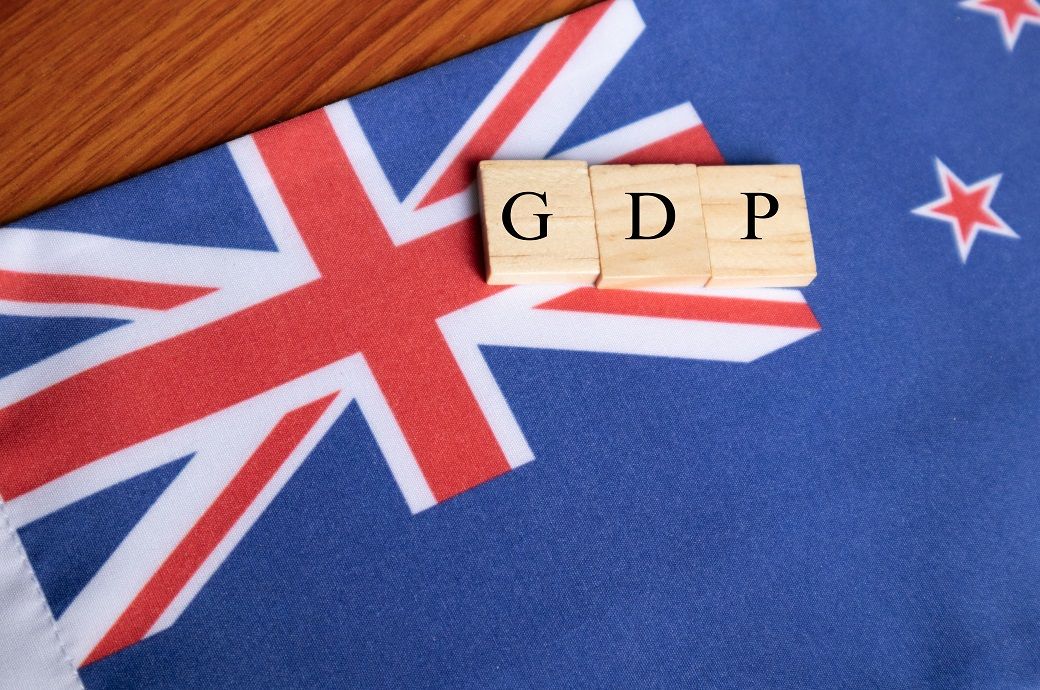
Domestic final demand was relatively subdued, growing by 0.2 per cent this quarter. The increase in imports of goods was balanced by a rise in exports and changes in inventories. Government final consumption expenditure saw a 1.0 per cent increase, driven by both national spending, which grew by 1.2 per cent, and state and local spending, which increased by 0.8 per cent.
“GDP growth was weak in March, with the economy experiencing its lowest through the year growth since December 2020. GDP per capita fell for the fifth consecutive quarter, falling 0.4 per cent in March and 1.3 per cent through the year,” said Katherine Keenan, ABS head of national accounts.
Net trade detracted 0.9 percentage points from GDP growth for the quarter, as imports (up 5.1 per cent) outpaced exports (up 0.7 per cent). Specifically, goods imports rose significantly by 6.5 per cent due to increased consumption, while goods exports saw a modest rise of 1.1 per cent, as per ABS.
The change in inventories contributed $2.2 billion to GDP growth in the March quarter, adding 0.7 percentage points to the overall growth.
Compensation of employees (COE) increased by 1 per cent, marking the smallest growth since September 2021 and indicating a slowdown in the labour market's growth.
Fibre2Fashion News Desk (DP)